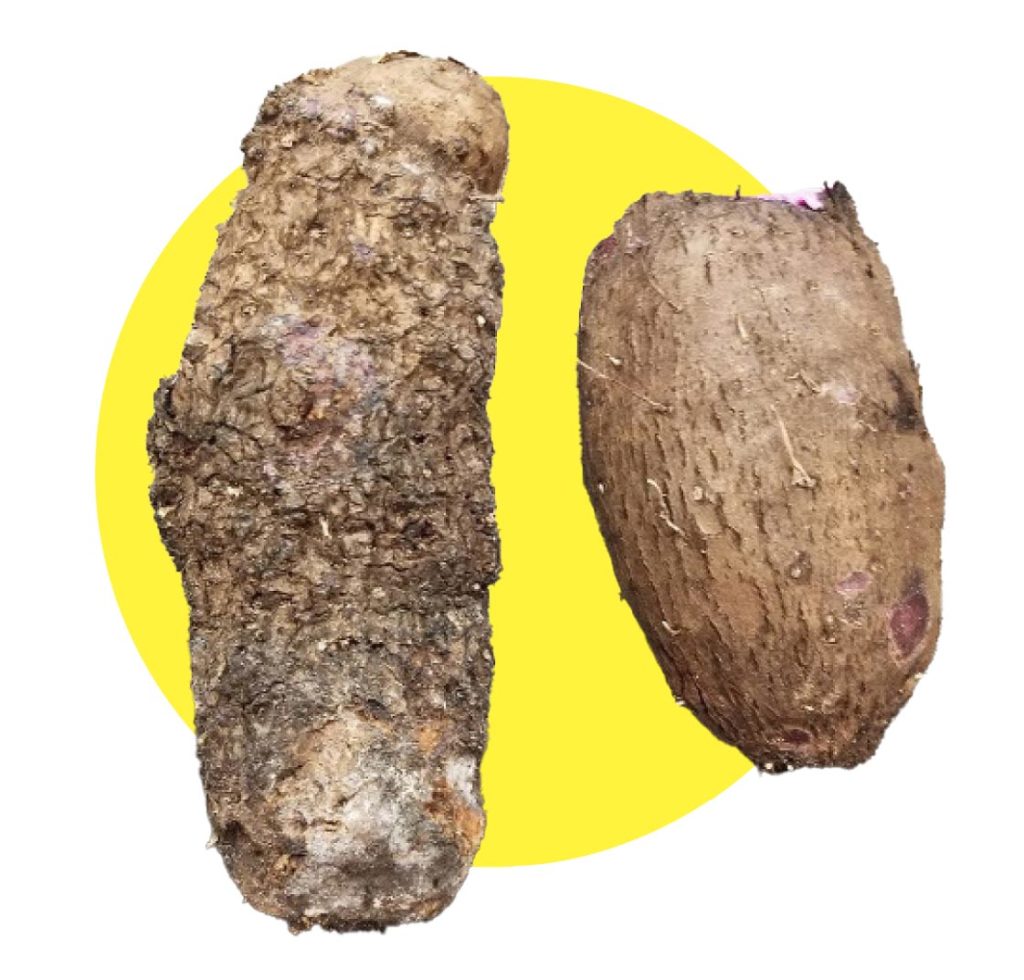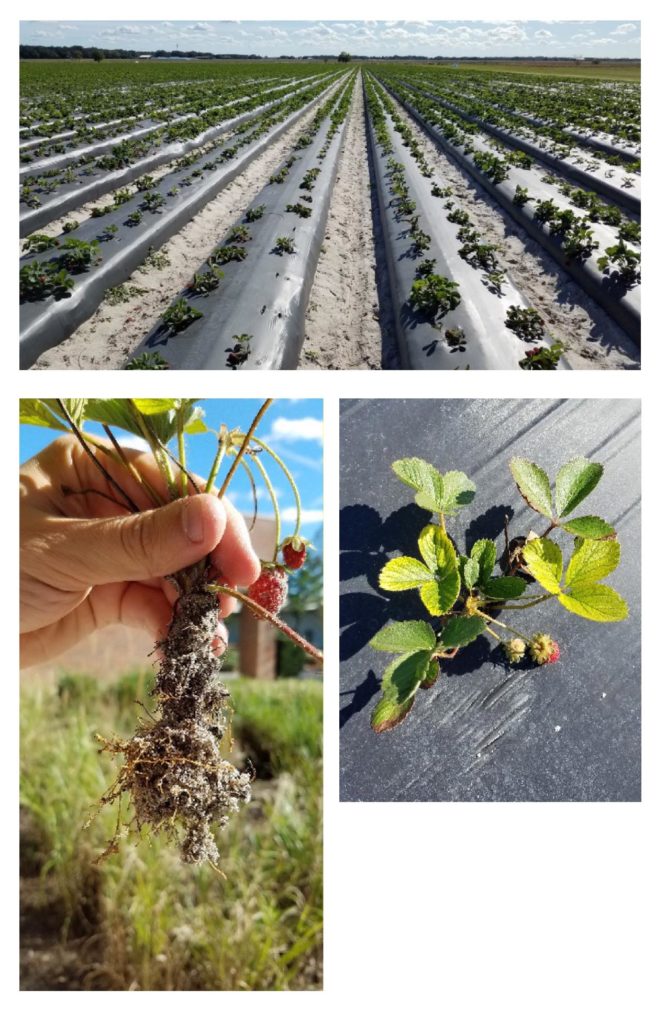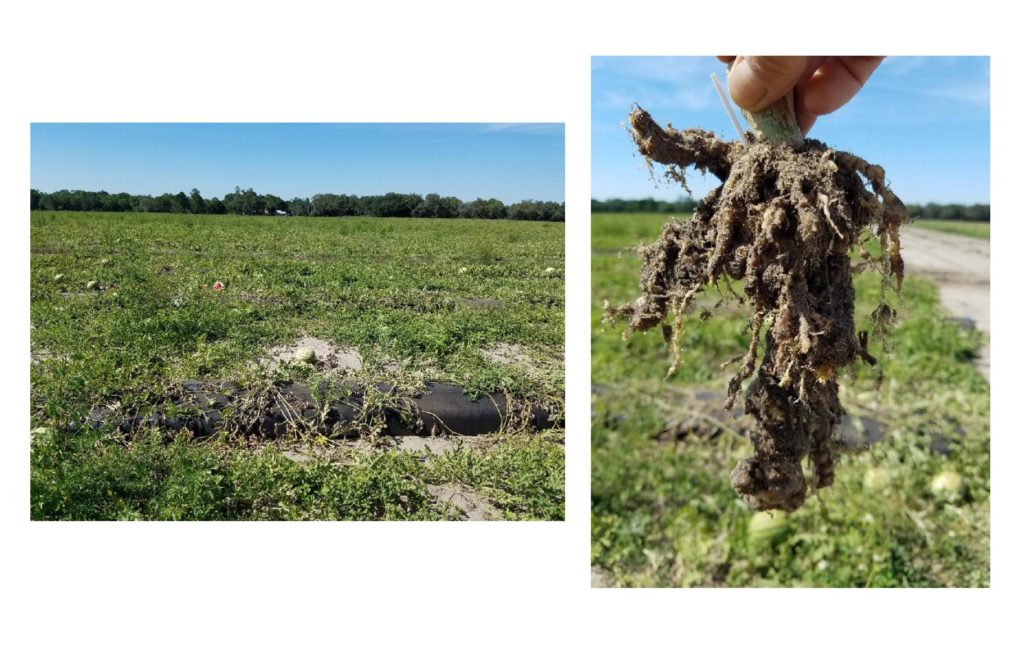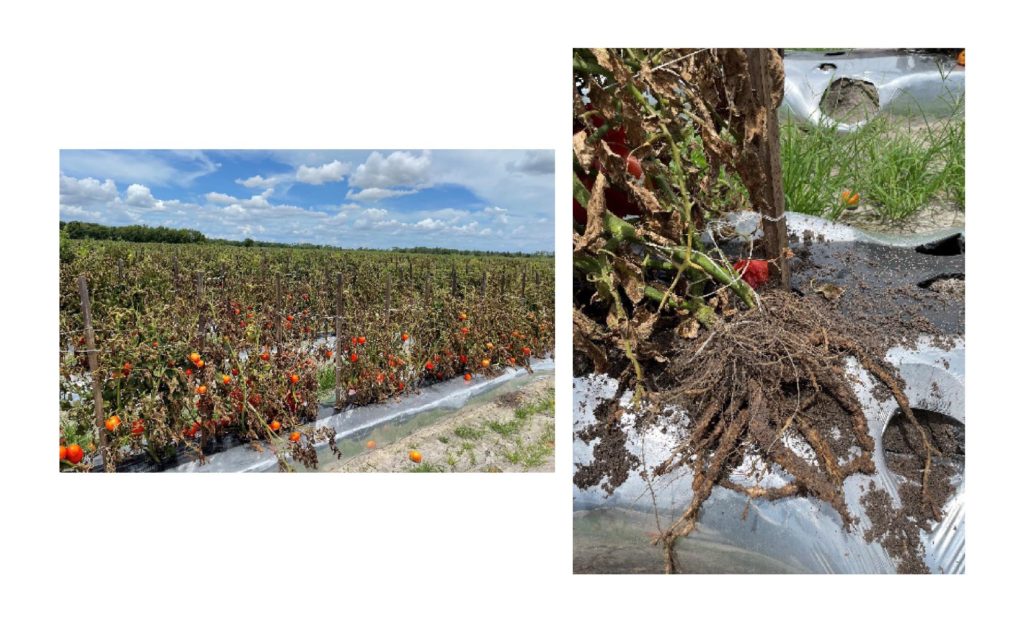By Johan Desaeger
The importance of plant-parasitic nematodes (PPN) in agriculture was first demonstrated in the mid-1800s with the discovery of sugar beet cyst nematodes in Europe and root-knot nematodes in Europe and the Americas. Experiments with nematicides in the early-mid 1900s demonstrated the significant yield loss caused by these nematodes.
Yet to this day, PPN’s true impact on crop production and quality is still poorly understood. It is estimated that crop yield loss due to PPN is in excess of $100 billion annually, or about 10% of the world’s agricultural production. But this is a rough guess and difficult to verify.
OFTEN OVERLOOKED
Crop quality loss to PPN is even harder to quantify. Due to the very nature of the environment that crops are growing in, many different factors can cause crop quality loss. Most often, especially in (sub)tropical regions, it is a combination of several factors. Crop quality issues are usually attributed to insect, disease or some other physiological type of damage. Rarely is the contribution of nematodes, being microscopic and living underground, recognized or taken into consideration. This “out of sight, out of mind” mentality is one of the main reasons why nematode damage is too often overlooked.
In order to better understand how PPN can affect crop quality, one needs to consider the type of nematode and crop. Most PPN feed on plant roots, although a few can also feed on aboveground plants. The latter is the case for foliar nematodes on strawberry, which cause plants to have twisted and curled leaves, few flowers and mostly malformed fruits. This is sometimes referred to as strawberry crimp disease (see edis.ifas.ufl.edu/in1184). This type of damage can easily be confused with mite or insect damage, which can be more readily seen than the microscopic nematodes. Foliar nematode damage is probably highly underestimated, simply because infected plants are hardly ever analyzed for nematodes.
THE DAMAGE DONE
The majority of PPN are root parasites, and their damage is even less typical than that caused by foliar nematodes. Most distinctive damage symptoms can be seen when observing the root system. Root damage from PPN can have a direct impact on crops such as carrots (forking), potatoes, sweet potatoes and yams (bumps, cracks and internal discoloration, Figure 1) as well as peanuts (black warts on pods).

The value of root crops can be significantly reduced by PPN. Root-knot nematodes can turn many root and tuber crops into worthless culls. When tubers are used as propagation material, they can also be an important source of spreading nematodes. This is currently a major concern in the southeastern United States for sweet potato and the guava root-knot nematode (see www.findmenematode.org/what-is-me).
A select group of nematodes are known to transmit viruses. Tobacco rattle virus, which can be transmitted by stubby-root nematodes, can be a serious problem in potato, causing dark internal rings (known as corky ringspot) in potato tubers, which severely reduces quality. Other nematodes, like lesion nematodes, can cause dark necrotic spots, which can greatly reduce quality and value in certain crops like white daikon radish.

The impact of PPN on aboveground crop quality is more difficult to recognize and quantify. Commonly, nematode-infested fields will have patches of stunted and discolored plants that never seem to get established, while more mature plants may show wilting and a gradual and irreversible decline (Figure 2 and Figure 3). These symptoms are not specific for PPN and are more often than not attributed to something other than nematodes.

Root-knot nematodes are the most damaging PPN in fruiting vegetables. While they can significantly reduce fruit yield, little is known about how they affect fruit quality in terms of marketability and nutritional value. Cucumber plants can have malformed fruits, and watermelons have been found to taste dry and pithy when heavily parasitized by root-knot nematodes (Figure 3). When strawberries are damaged by sting nematodes, plants remain small and produce few flowers and small unmarketable fruits.
For root-feeding nematodes, the crop quality loss is usually proportional to the extent of root damage and reduced ability of the root system to provide the plant with water and nutrients. In addition, and especially for root-knot nematodes, the giant feeding cells inside root galls also act as powerful nutrient sinks for the growing nematode population. This will further limit the plant’s aboveground growth and fruit production.
If the infection happens early in the season, plants will remain small and stunted (Figure 2), while infections later in the season can cause wilting (Figure 3). In both situations, leaves may show yellow or reddish discoloration. The parasitic nature of these nematodes means that they will rarely kill the plant. Instead, heavily infected plants will look sickly and starved. However, death may occur when both nematodes and pathogens are present, such as is often the case on tomato with root-knot nematodes and fusarium wilt (Figure 4).

While the magnitude of PPN-induced crop loss is difficult to estimate, there can be little doubt on the overall damage potential. Farmers that have dealt with root-knot and sting nematodes know that complete crop loss can occur in heavily infested fields if not treated. Especially for root and tuber crops, but possibly also for fruit and vegetable crops, volume, quality and marketability can be severely reduced.
The first step in reducing nematode crop losses is to be aware and be on the lookout for them. Especially when a field shows pockets of poor growth, plant roots should be visually inspected for nematode symptoms, and soil should be analyzed for the presence of PPN. Also, as prevention is better than treatment, it is very important that nematode management is incorporated in the overall farm management plan.
Johan Desaeger is an associate professor at the University of Florida Institute of Food and Agricultural Sciences Gulf Coast Research and Education Center in Wimauma.









